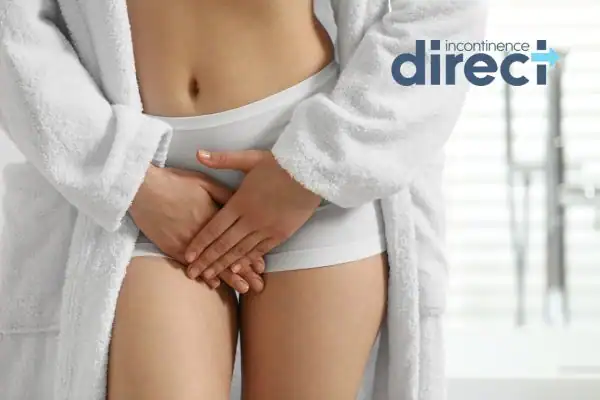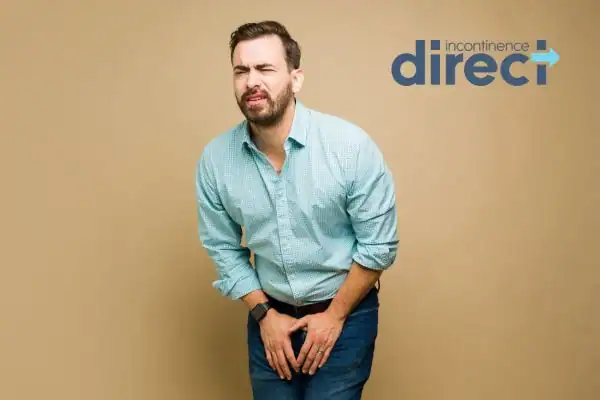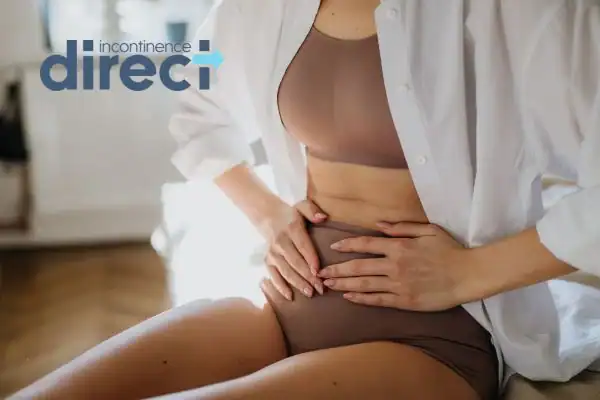How The EMS Chair Excels at Treating Urge Incontinence Plymouth — and Why It’s a Life-Changer

1. Understanding the Real Impact of Urge Incontinence Plymouth
Urge incontinence—marked by an overwhelming, sudden need to urinate—is far more than a simple inconvenience. It infiltrates nearly every aspect of daily life:
- Emotional toll: Persistent fear of accidents can trigger anxiety, embarrassment, and shame. Social gatherings, work events, or even a short trip outside might become sources of dread.
- Relationships at risk: Fiancé nights, romantic moments, or intimacy can be dashed by worry over loss of control, causing strain or withdrawal.
- Lifestyle limitations: Avoiding activities like exercise, travel, or spontaneous outings becomes common due to concerns about bathroom proximity.
- Mental health strain: Over time, these limitations can spiral into isolation, depression, and reduced self-esteem.
That’s where The EMS Chair steps in—not just as a treatment but as a path back to confidence, companionship, and life lived fully.
2. What Makes The EMS Chair State-of-the-Art for Urge Incontinence Plymouth
Benefits of EMS Chair Treatment for Urge Incontinence
| Benefit | Description | Why It Matters |
|---|---|---|
| Non-Invasive & Comfortable | Fully clothed, seated treatment—no surgery, needles, or anesthesia. | Ideal for those seeking effective treatment without invasive procedures or recovery downtime. |
| Rapid & No Downtime | Sessions last ~28–30 minutes with immediate return to daily activities. | Fits easily into busy schedules without interrupting routines. |
| Thousands of Pelvic Floor Contractions | Each session induces about 11,000 supramaximal pelvic muscle contractions. | Delivers results equivalent to intensive Kegel exercises—without effort—accelerating muscle strengthening. |
| Proven Improvement in Urge Incontinence | Clinically shown to treat urge, stress, and mixed urinary incontinence types. | Addresses sudden urgency and leakage for many users, lowering incident rates and boosting confidence. |
| Can Be Delivered at Home | Home-visit or mobile clinic services make treatment accessible—no travel required. | Convenient and discreet—especially beneficial for individuals with mobility constraints or who prefer privacy. |
| Note: Although many experience meaningful relief, not everyone responds the same. It’s important to discuss all available options—including pelvic floor physiotherapy, lifestyle adjustments, and medications—with your healthcare provider to determine the most fitting approach for you. | ||
- Non-surgical and non-invasive: Patients sit comfortably, fully clothed, on the Emsella chair—nothing is required except 28–30 minutes of your time per session. No downtime, no pain.
- High-intensity focused electromagnetic stimulation (HIFEM): Each session triggers thousands of supramaximal pelvic floor contractions—equivalent to doing 11,000 Kegel exercises—in mere minutes.
- Clinically proven effectiveness:
- Up to 75% of patients report a reduction in incontinence episodes.
- Around 33% achieve complete resolution of symptoms.
- One study found 95% reported quality-of-life improvements after six sessions, and 100% experienced increased pelvic floor awareness.
- Rapid and enduring results:
- Some users feel improvement after just one session—most complete six treatments over three weeks for optimal outcomes.
- FDA-approved and safe.
- Results may last between 3 and 12 months, with booster sessions every few months helping sustain gains.
3. Bringing Urge Incontinence Plymouth Treatment into Your Home Routine

While the EMS Chair treatment currently occurs in clinics, here at Incontinence Direct, we bring the treatment to your home:
- Consultation: Begin with a consultation to ensure you’re a good candidate (e.g., no incompatible metal implants or IUDs).
- Treatment plan: Undergo a recommended course of six sessions, typically spaced over three weeks.
- Lifestyle integration: Since there’s no downtime, return to your normal activities—even intimate moments—right away.
- Maintenance mindset: Consider periodic follow-ups or “boost” sessions every few months to maintain results.
The discreet, quick nature of the treatment makes it feel like part of your regular weekly routine. Fit in at home when and where you want to, no need to travel, no need for downtime, your treatment, your way!
5. Why The EMS Chair Matters—For You and Your Loved Ones
Benefit & Impact
Emotional freedom, Fewer terrifying “gotta go now” moments: more relaxation, more laughter.
Rekindled intimacy. No more thinking twice before holding hands or getting cosy.
Lifestyle regained: Go to the cinema, meet friends, or take long walks—without planning your route around nearest restrooms.
Self-confidence. When your bladder is under control, so is your peace of mind.
Conclusion
The EMS Chair represents a remarkable leap forward in urge incontinence treatment—offering a quick, proven, and life-affirming solution that avoids surgery, preserves dignity, and restores control. From improved emotional well-being to enhanced relationships, its impact goes far beyond strengthening pelvic muscles.
Frequently Asked Questions Around Urge Incontinence Plymouth
- What is urge incontinence?
It’s often caused by an overactive bladder muscle (the detrusor) contracting when it shouldn’t. - What are the common symptoms I should look for?
Typical symptoms include:
A strong, sudden need to pass urine that cannot be deferred.
Leakage of urine before reaching the toilet.
Frequent urination (more than 8–10 times during the day).
Waking at night to urinate. - How is urge incontinence diagnosed?
Diagnosis usually involves:
A detailed history of symptoms.
A bladder diary (tracking fluid intake, frequency, leakage). - What are the non-surgical treatment options?
Non-surgical approaches are often the first line of defence:
Lifestyle and dietary changes
Bladder retraining
Pelvic-floor muscle training (even though urge is more bladder-driven, pelvic-floor support helps overall).
Absorbent products and voiding schedules as interim support. - When are medications or more advanced treatments considered?
If conservative measures don’t sufficiently control symptoms, then:
Medications (e.g., antimuscarinic/anticholinergic drugs) may be used to calm bladder overactivity.
Neuromodulation therapies (e.g., nerve stimulation) or bladder injection treatments may be options for more severe cases. - Can urge Incontinence be fully cured?
While many people achieve significant improvements, a complete “cure” isn’t guaranteed for everyone. The goal is to reduce leakage, regain confidence and quality of life. - What lifestyle changes help manage urge incontinence?
Helpful changes include:
Limiting or avoiding caffeine, alcohol and fizzy drinks, which can irritate the bladder.
Maintaining or achieving a healthy weight (excess weight places pressure on the bladder).
Preventing and treating constipation (because poor bowel habits can aggravate bladder issues).
Scheduling regular toilet visits and resisting the urge initially to help retrain bladder control. - How do I know when I should seek specialist help?
You should seek further assessment if:
You experience leakage with little warning or increasing frequency/urgency.
Over-the-counter or self-help strategies are not giving relief.
You’re waking multiple times at night, or the condition is affecting your daily/social life.
There’s blood in your urine, pain, or recurrent infections (which require prompt medical review). - How can Incontinence Direct help with urge incontinence?
At Incontinence Direct, our specialists conduct personalised assessments and develop treatment plans for urge incontinence. We offer guidance on conservative treatments such as bladder retraining and lifestyle changes. Additionally, we can evaluate whether advanced therapies may be suitable for you. Our team is here to support you every step of the way as you restore your bladder control and confidence.


